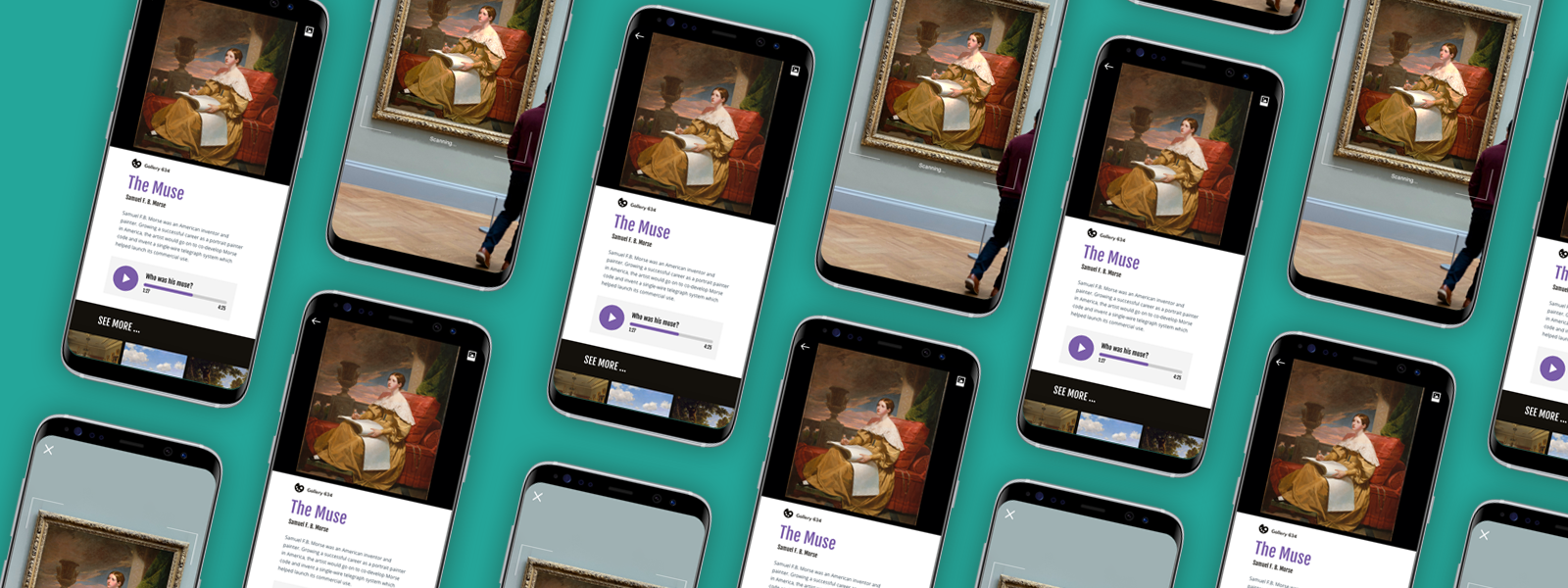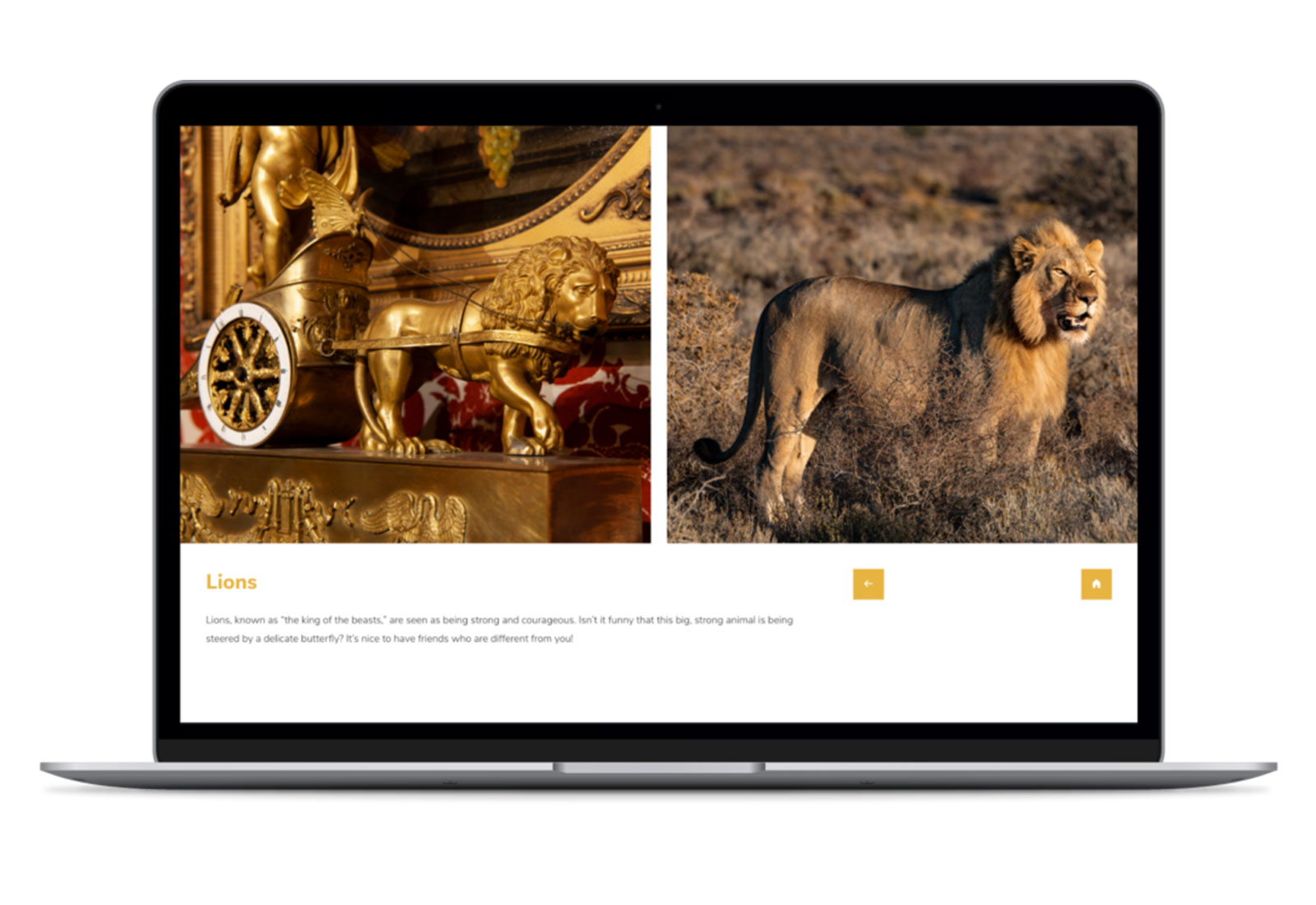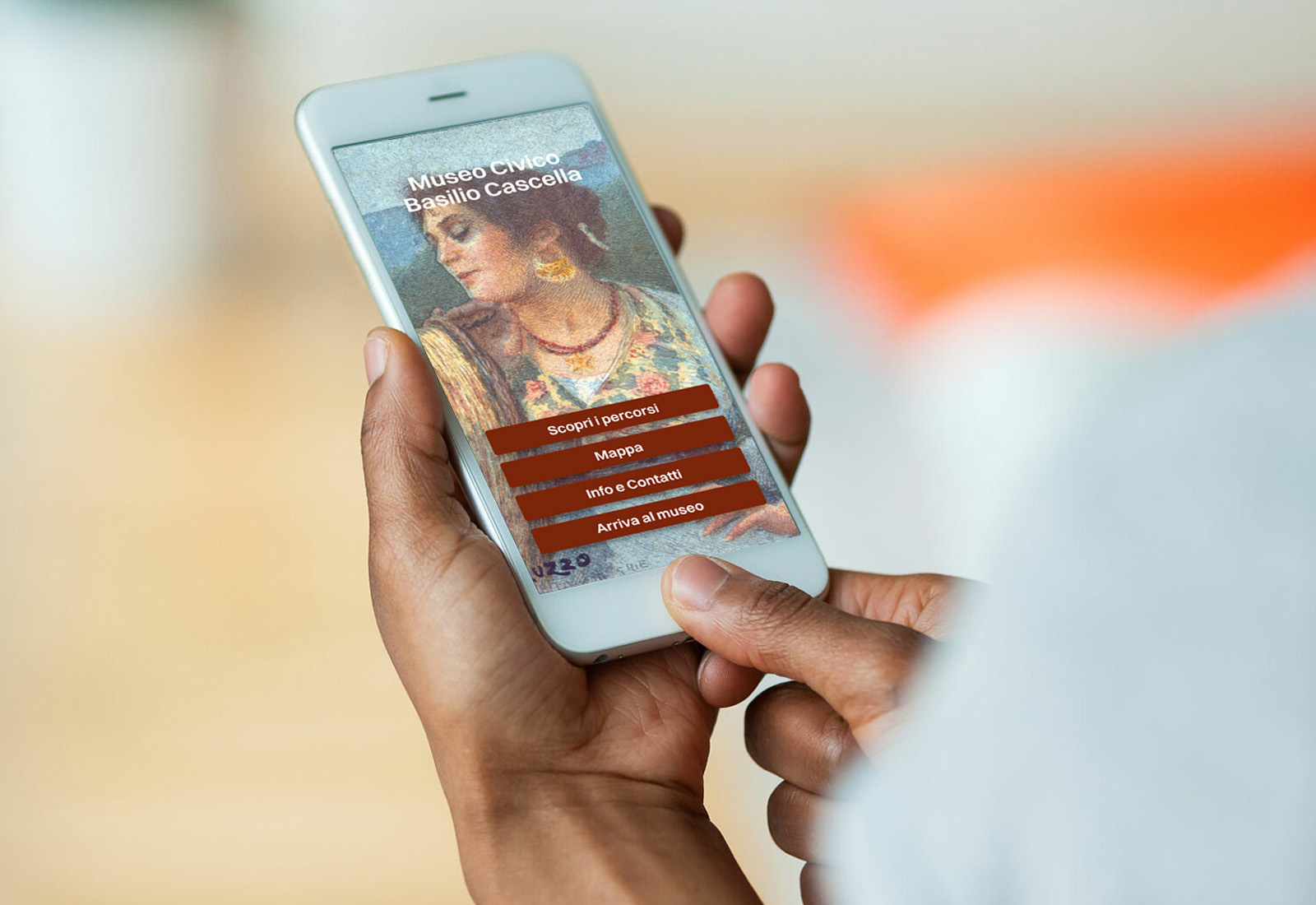![]()
CASE STUDY:
Munson-Williams-Proctor Arts Institute Museum
CUSTOM DEVELOPMENT | MOBILE | DIGITAL LABELS
WEBINARS: Get up to speed and sharpen your skills
WEBINARS: Get up to speed and sharpen your skills
![]()
CUSTOM DEVELOPMENT | MOBILE | DIGITAL LABELS
Munson-Williams-Proctor Arts Institute creates transformational arts experiences that enlighten, educate, and inspire. With digital interpretation available onsite, online, and on visitors’ personal devices, the Museum team strives to share their permanent collection in the context of the art history canon while going one step further to reveal hidden issues of race, gender, and class. Using technology, the Museum team helps visitors discover their collection’s layered history, diverse historical experiences, and contemporary community perspectives.
Since launching their first digital interpretation app with CultureConnect in 2018, the Munson-Williams team has quickly become one of the most active organizations on the platform. They’ve launched a mobile guide, scavenger hunt, in-gallery kiosk program, and been a partner in the development of image recognition technology. Through technology, the Museum team is able to serve the campus community, the larger Utica community, and broader national audiences.
Munson-Williams first launched an audio guide with CultureConnect in 2018. The guide helped visitors learn about the Museum’s permanent collection as well as navigate between the Museum’s two spaces: the Victorian-era historic mansion, Fountain Elms and the modern Museum of Art building designed by Philip Johnson.
Patron, Artist, Muse: Women of MWP was the first in the series of public tours, and takes the visitor through the collection by tracing the roles of women – as founders and collectors, as inspiration and subject, and as the makers of masterworks.
The content is conversational in style and includes audio and text comments from Museum curators and artist Kay WalkingStick. Once publicly launched, the Museum team quickly moved forward with new public tours to expand conversations around the collection and exhibitions.
Current Tours include:
Close Looking with Image Recognition
The audio guide is distributed across multiple channels to ensure ease of access for all audiences. Munson-Williams distributes their app via the App Store, Google Play, and their website. In 2020, the Museum Education Department approached CultureConnect for a custom development project, Image Recognition technology.
Image Recognition is the technology foundation for the Munson-Williams’ current series, Coming Into View. Through the use of image recognition, the Museum team could simplify way-finding, encourage a sense of discovery and exploration among visitors, and streamline access to their interpretive content.
Launch image recognition to enhance way-finding, encourage close looking, and delight visitors.
The Coming Into View series has two primary goals:
For onsite visitors using the mobile guide to explore the Museum and its collection, these Coming Into View content experiences are available throughout the galleries. By activating the Image Recognition tool, visitors can discover media-rich interpretive content about the permanent collection but also have the opportunity to engage in deeper learning across multiple museum collections.
While visitors are encouraged to explore via the Museum mobile guide, kiosk interpretation is also made available within four Victorian American style period rooms in Fountain Elms. Post COVID, a kiosk will be installed at the entrance to each room which includes the dining room, parlor, library, and master bedroom. The content is also available on smartphones and offsite. To explore the period rooms, visitors will activate the digital label image by selecting hotspots placed on key furniture, textiles, and decorative arts objects to dive into the stories behind each room.
The digital labels not only focus on interpreting objects, they help visitors understand Victorian Era domestic life, Victorian social etiquette, and the staff and tools required to maintain a large home. The labels also focus on revealing overlooked inequities in labor, trade, and civil rights that existed in the 1800s. These themes carry through all four period room digital labels and help make up core themes.
These shared themes included:
With the onset of COVID-19 and consequent restrictions and limitations on visitors to the Museum, the Museum team quickly responded by launching a Virtual Resource landing page on their website. By making the web applications for their audio guide as well as their digital labels available to visitors at home, their community could continue to explore multimedia content, play games, and engage with the collection.
As the museum team transitions away from COVID-19 restrictions, the digital labels will once again be made available to visitors on kiosks however, visitors will also have access to the digital label content remotely as well as onsite on their personal phones by scanning QR codes.

Learn more about how we’ve delivered results for our clients, or contact us to schedule a demo!
Since the new presidential administration took office in January 2025, significant changes have reshaped the...
Read moreOur Digital Project Planning Packet (the DPPP) is back! We've shared this with museums, archives,...
Read moreAxiell, the world’s leading provider of software and services for the cultural sector, has signed...
Read more





